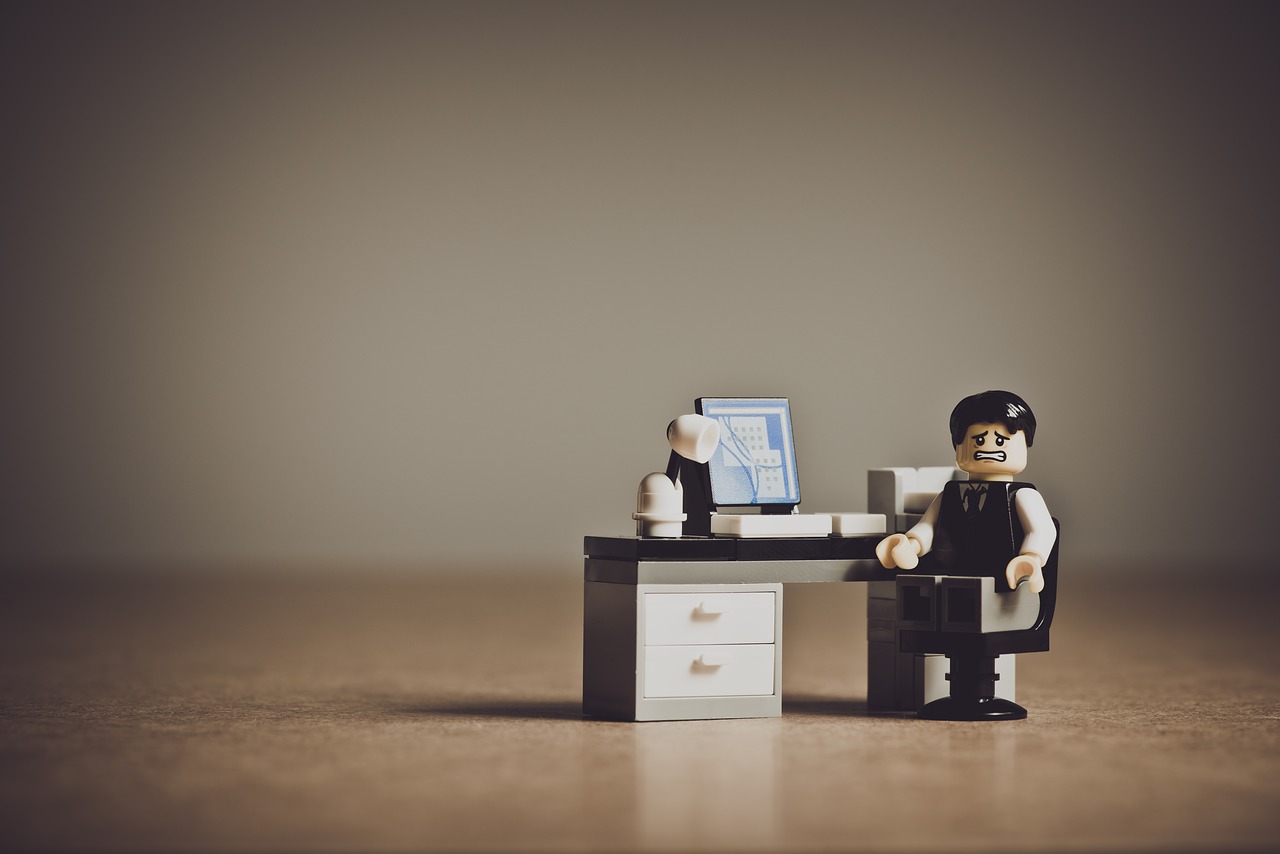
The scale of change in most industries, the challenges of working in uncertain times, the ongoing messiness of working with humans – the reality of our workplaces is that every time we start to get comfortable, things are going to shift! If you want to step up as a professional, as a leader, as a human this year, the number one thing I would recommend you work on for yourself is this.
When we work on getting comfortable in the uncomfortable, we are more willing to do things that stretch or challenge us – the more willing we are to do that, the more we step in to things that we don’t feel confident about, and the more our confidence grows.
Our brains are wired to set off the alarm bells when we don’t feel comfortable doing something. Some of us thrive on that feeling and dive in to it, some of us listen to the alarm and step away.
As leaders what we see over time as we step away is that the challenges get bigger.But if we get more OK with being uncomfortable in the moment, we get better at making decisions, solving problems, and helping others. We train our brains to deal with what’s in front of us in the moment without our stress response hijacking our brain. It’s not about trying to always feel comfortable & confident as a leader. It’s about being OK with when we’re not and keeping our cool enough to be able to use our best judgement and behave strategically anyway in those moments.
I encourage leaders to start by paying attention to what you experience in your thoughts, actions and feelings when you start to feel uncomfortable.
Do you dive in to a story of
Getting familiar with your unique experience of the stress response of uncomfortable, helps you to step up in to more strategic leadership behaviour.
One you consistently recognise what uncomfortable feels like for you, you can see the situation more fully in the moment.
You can take a moment to think about the broader context that the uncomfortable sits in, and make a choice about what is likely to be the most effective next step aligned with your broader goals.
You give yourself the chance to take strategic action as a leader in that moment, despite the uncomfortable.

The scale of change in most industries, the challenges of working in uncertain times, the ongoing messiness of working with humans – the reality of our workplaces is that every time we start to get comfortable, things are going to shift! If you want to step up as a professional, as a leader, as a human this year, the number one thing I would recommend you work on for yourself is this.
When we work on getting comfortable in the uncomfortable, we are more willing to do things that stretch or challenge us – the more willing we are to do that, the more we step in to things that we don’t feel confident about, and the more our confidence grows.
Our brains are wired to set off the alarm bells when we don’t feel comfortable doing something. Some of us thrive on that feeling and dive in to it, some of us listen to the alarm and step away.
As leaders what we see over time as we step away is that the challenges get bigger.But if we get more OK with being uncomfortable in the moment, we get better at making decisions, solving problems, and helping others. We train our brains to deal with what’s in front of us in the moment without our stress response hijacking our brain. It’s not about trying to always feel comfortable & confident as a leader. It’s about being OK with when we’re not and keeping our cool enough to be able to use our best judgement and behave strategically anyway in those moments.
I encourage leaders to start by paying attention to what you experience in your thoughts, actions and feelings when you start to feel uncomfortable.
Do you dive in to a story of
Getting familiar with your unique experience of the stress response of uncomfortable, helps you to step up in to more strategic leadership behaviour.
One you consistently recognise what uncomfortable feels like for you, you can see the situation more fully in the moment.
You can take a moment to think about the broader context that the uncomfortable sits in, and make a choice about what is likely to be the most effective next step aligned with your broader goals.
You give yourself the chance to take strategic action as a leader in that moment, despite the uncomfortable.